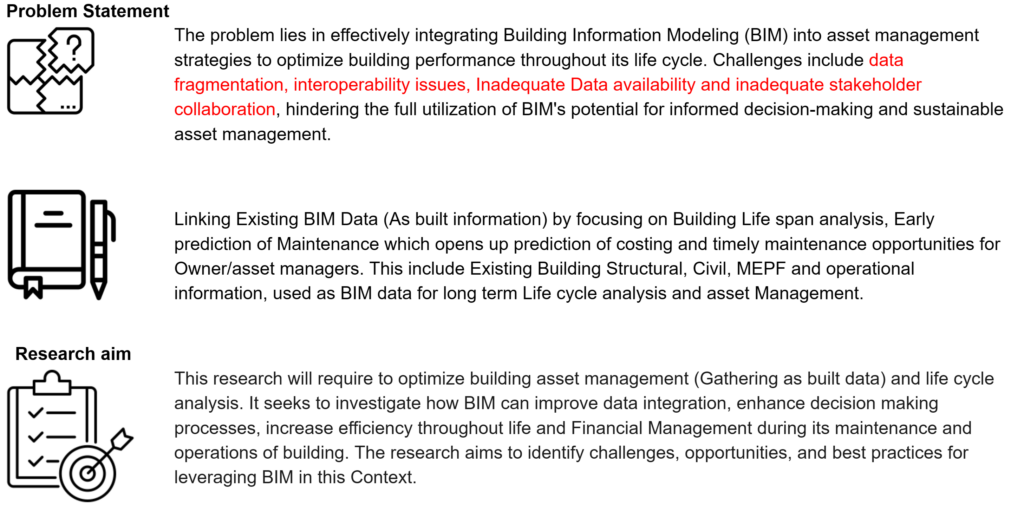
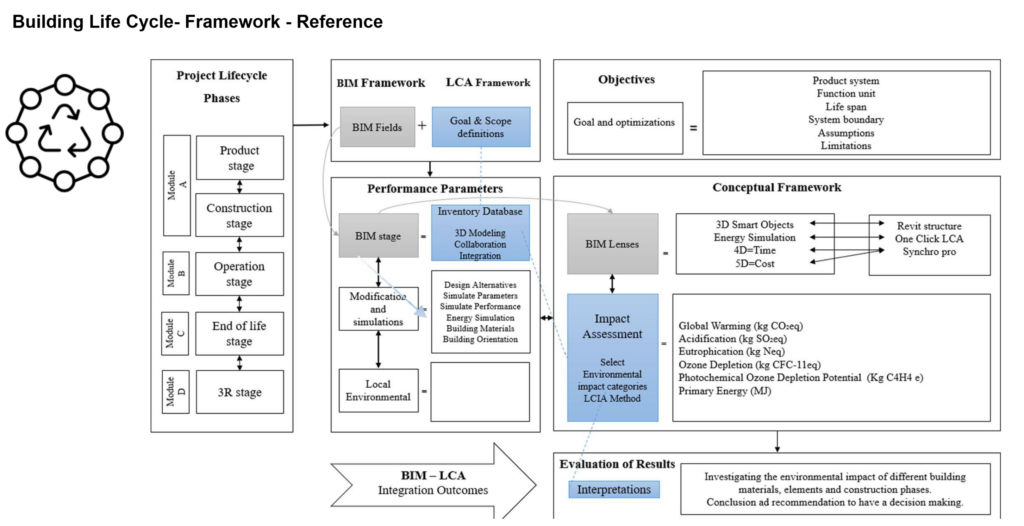
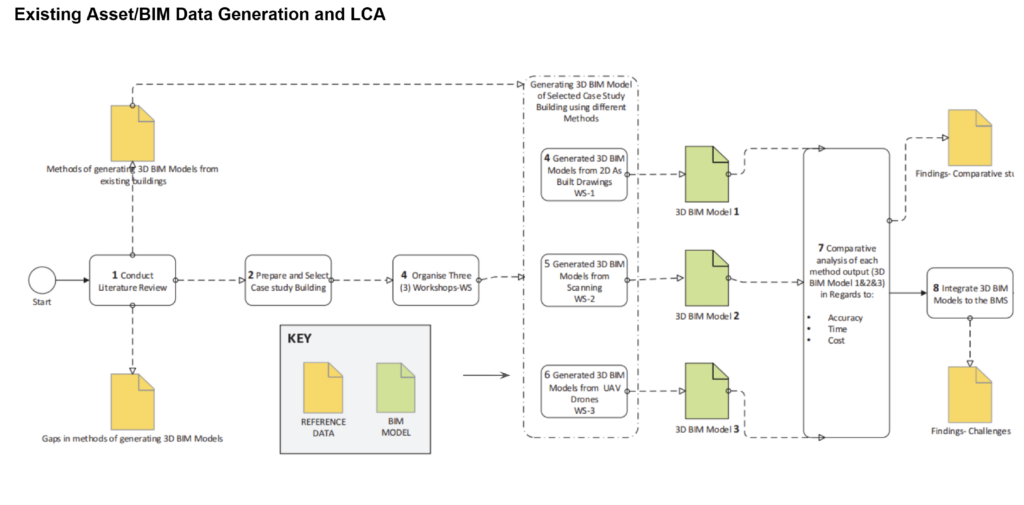
Different Approaches for extracting/Regeneration of BIM Data
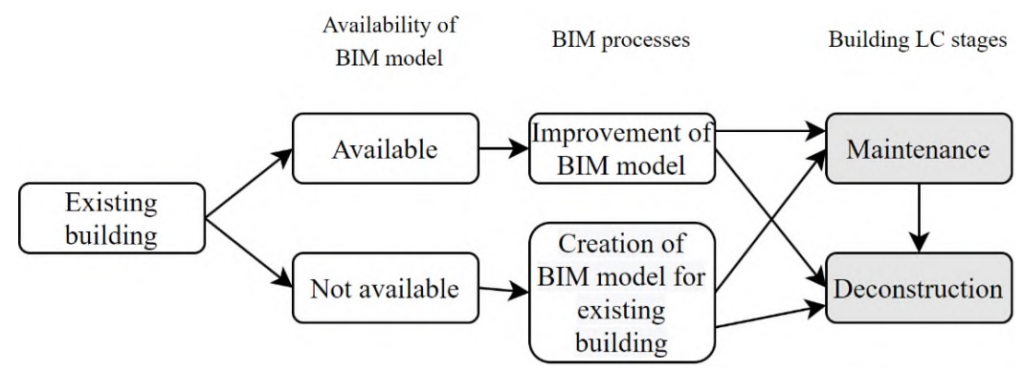

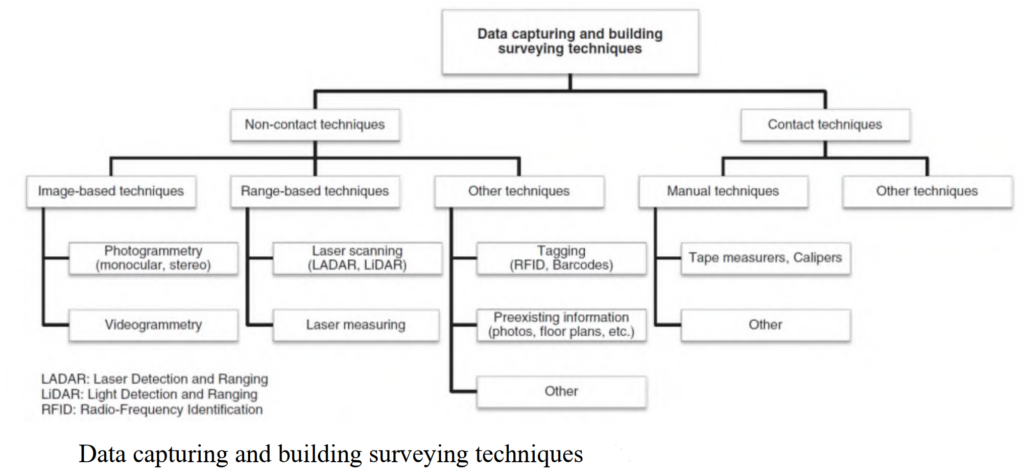
Different Approaches of BIM Data integration for Life Cycle Analysis


BIM-Based Asset Management and Life Cycle Analysis involve utilizing Life Cycle Assessment (LCA), a scientific methodology for quantifying potential environmental impacts. In the realm of buildings, LCA is standardized by the European standard EN 15978. While this standard provides uniformity in methodology and terminology, it still allows for various interpretations regarding life cycle stages, environmental data, and reference study periods. Recently, country-specific interpretations of EN 15978 have become the foundation for several national regulations on building LCA.
To evaluate building performance, benchmark values can be established, which may serve as legislative thresholds. However, benchmarks often assume comparability across building projects, which can be contentious given the unique functional qualities of buildings, especially in renovation projects. Renovation projects, encompassing improvements such as energy efficiency, structural enhancements, interior design changes, and functional alterations, present complexity both in practice and literature. Yet, they are less covered in existing literature and legislation.
The term “renovation” encompasses various improvements to buildings, including energy retrofitting, which primarily aims at reducing operational energy. Conducting LCA on renovation projects effectively divides the building life cycle into “before” and “after” renovation phases, prompting considerations on how to allocate existing materials during renovation. Literature approaches this allocation issue differently.
The main challenge in integrating LCA into the design process of new construction and renovation projects is the complexity and time required. To address this, simplified scopes are already implemented in national approaches, with dedicated tools and material/component libraries aiding in data collection. Additionally, Building Information Models (BIM) or 3D models can assist in determining quantities, although user-friendly platforms to facilitate this process are often lacking.

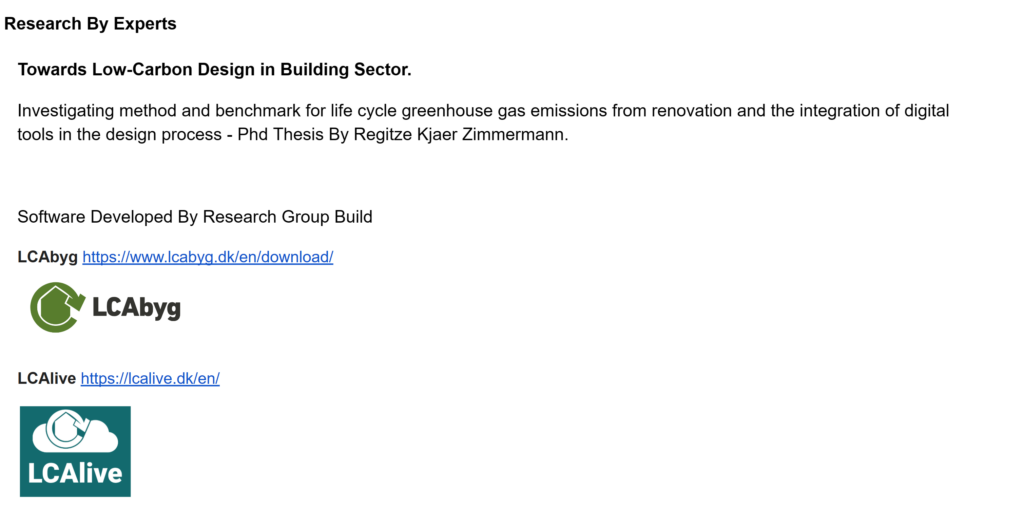
Research Work and Prototype by Expert-1

Details
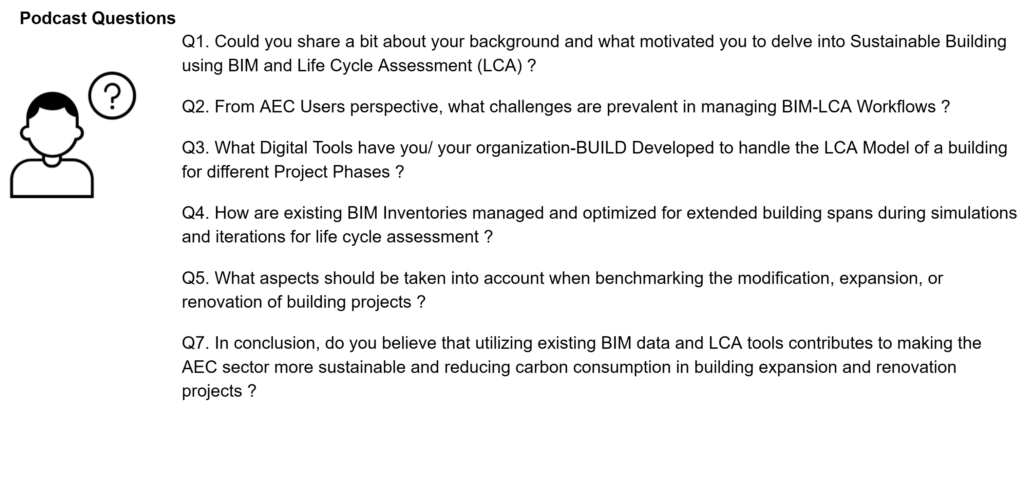
Conclusion
In conclusion, BIM-based Asset Management and Life Cycle Analysis offer promising avenues for enhancing the sustainability and efficiency of building projects. By integrating Life Cycle Assessment methodologies into the design process, stakeholders can make more informed decisions regarding materials, energy consumption, and environmental impacts across the entire life cycle of buildings. While challenges such as complexity and data collection persist, advancements in technology and standardized approaches provide opportunities for overcoming these obstacles. Moving forward, continued collaboration between industry professionals, policymakers, and researchers will be essential to further develop and implement BIM-based approaches for sustainable building management and analysis.

